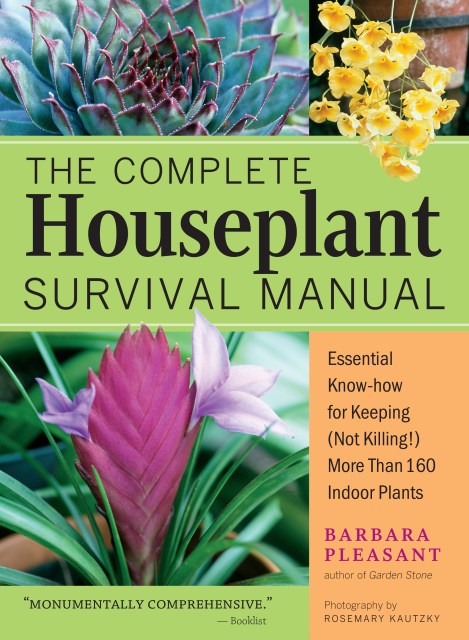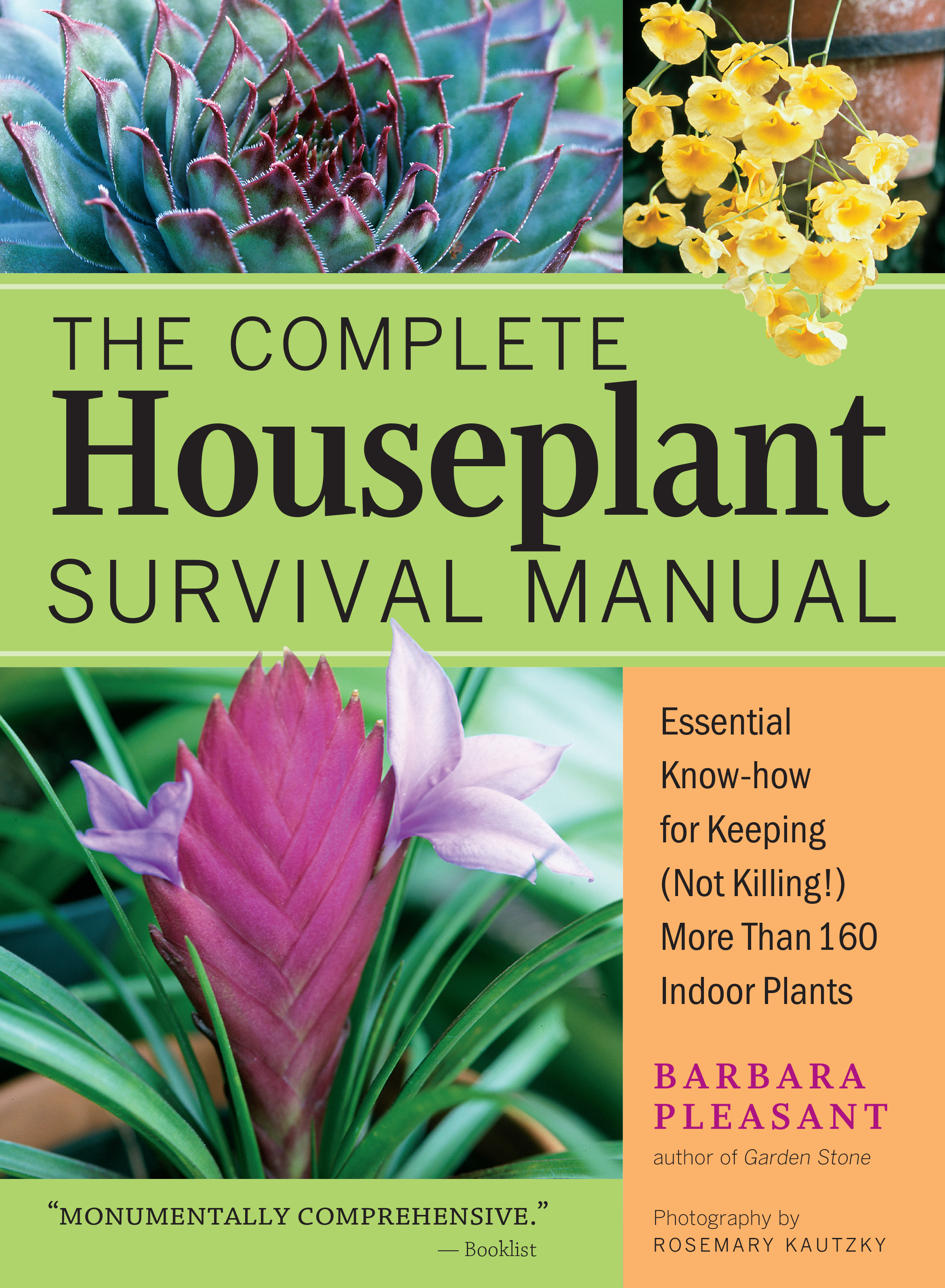By clicking “Accept,” you agree to the use of cookies and similar technologies on your device as set forth in our Cookie Policy and our Privacy Policy. Please note that certain cookies are essential for this website to function properly and do not require user consent to be deployed.
The Complete Houseplant Survival Manual
Essential Gardening Know-how for Keeping (Not Killing!) More Than 160 Indoor Plants
Contributors
Formats and Prices
Price
$24.99Price
$30.99 CADFormat
Format:
- Trade Paperback $24.99 $30.99 CAD
- ebook $12.99 $16.99 CAD
This item is a preorder. Your payment method will be charged immediately, and the product is expected to ship on or around November 8, 2022. This date is subject to change due to shipping delays beyond our control.
Also available from:
It’s a whole new world of houseplants, so make yourself at home in it! If you love the idea of keeping houseplants, but struggle to care for them, you’ll find solace and invaluable advice in this comprehensive guide from expert gardener Barbara Pleasant. Even experienced houseplant enthusiasts will benefit from Pleasant’s expansive knowledge of indoor gardening, which includes personality profiles, growing needs, and troubleshooting tips for 160 blooming and foliage varieties. Create a greener world, one houseplant at a time.
-
"Cursed with a brown thumb?…Barbara Pleasant has come to your rescue."—Stephanie Bloyd, Mother Earth News, August-September 2006
- On Sale
- Nov 8, 2022
- Page Count
- 384 pages
- Publisher
- Storey
- ISBN-13
- 9781635866605
Newsletter Signup
By clicking ‘Sign Up,’ I acknowledge that I have read and agree to Hachette Book Group’s Privacy Policy and Terms of Use









